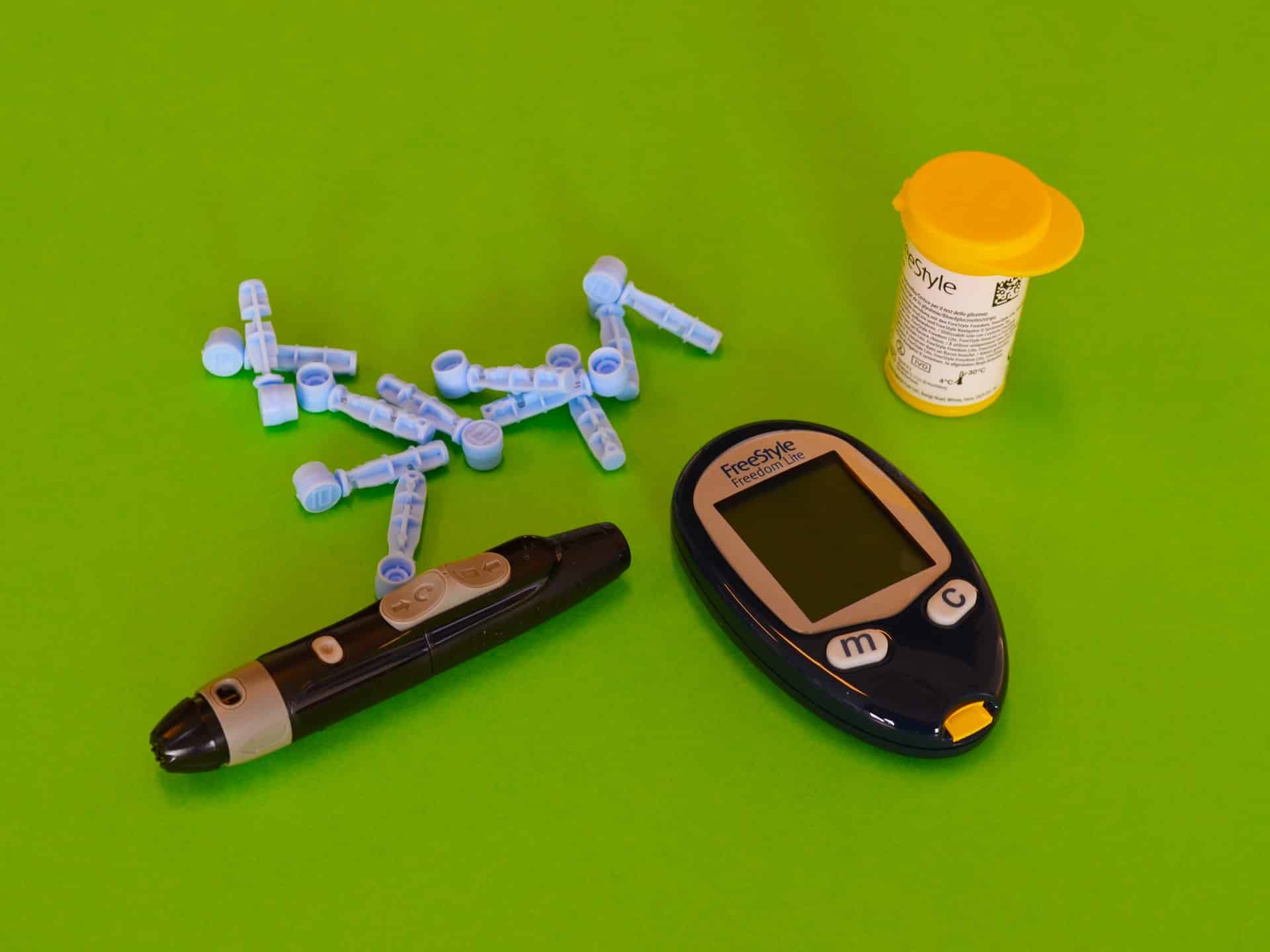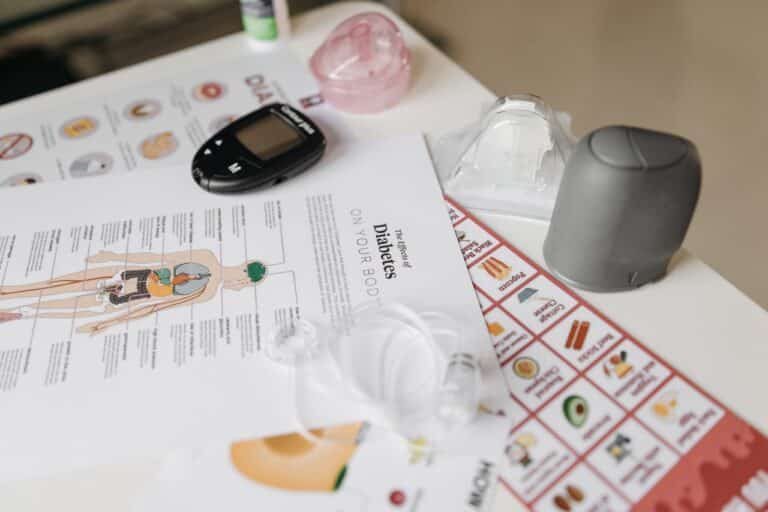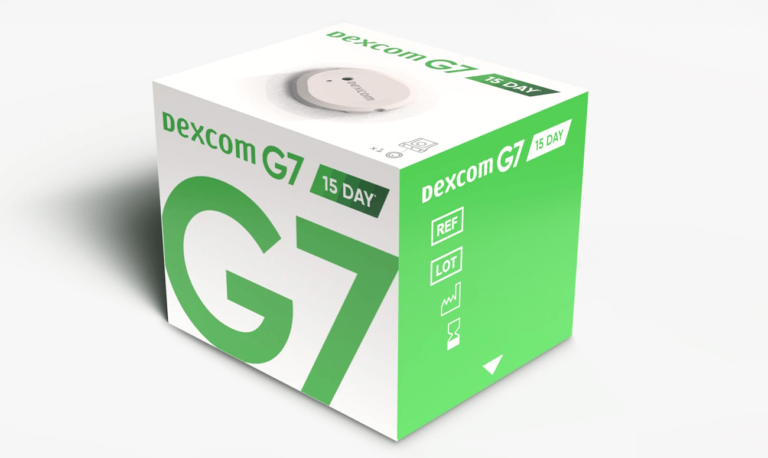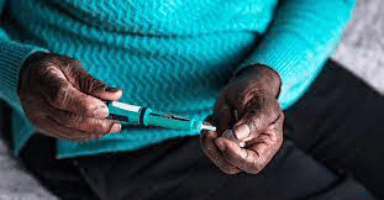Real-Time CGM Lowers HbA1c, Reduces ED Visits in Insulin-Treated Diabetes
Previously Published on Healio.com – Insulin-treated adults with diabetes selected by clinicians for real-time continuous glucose monitoring saw a 0.4 percentage point reduction in HbA1c and fewer ED visits for hypoglycemia during 1 year of follow-up compared with nonusers. Read on to find out how a real-time CGM lowers HbA1c.
“Our real-world study found that in patients with insulin-treated diabetes, initiating a continuous glucose monitor substantially improved blood glucose control and cut the rate of emergency room visits for hypoglycemia in half,” Andrew J. Karter, PhD, senior research scientist with Kaiser Permanente Division of Research in Oakland, California, told Healio. “Because use of these devices requires a prescription, the observed benefits suggest that doctors are good at selecting patients likely to benefit from use of a continuous glucose monitor. As these doctors know, patients treated with insulin often have a hard time safely lowering blood sugar to achieve their targets, and these monitors may help people stay close to their glucose targets without going too low.”
Most evidence about the effectiveness of CGM has been based on randomized controlled trials in adults with type 1 diabetes, and there have been fewer efficacy trials of real-time CGM in adults with insulin-treated type 2 diabetes, Karter said. Medicare covers CGM for patients with insulin-treated type 2 diabetes who meet certain criteria, but the technology is not yet considered standard of care, he said.
“We evaluated initiation of CGM in patients with type 1 diabetes (t1d) or insulin-treated type 2 diabetes (t2d) in the real-world setting of Kaiser Permanente Northern California and found that they had improved blood sugar control and reduced the number of emergency room visits due to hypoglycemia,” Karter said.
Real-world CGM initiation
In a retrospective study, Karter and colleagues analyzed data from 41,753 adults with insulin-treated diabetes (5,673 with type 1; 36,080 type 2) receiving care from a Northern California integrated health care delivery system from 2014 to 2019. Within the cohort, 3,806 adults initiated CGM (mean age, 42 years; 51% women; 91% with type 1 diabetes) and 37,947 were non-initiators (reference group; mean age, 63 years; 49% women; 6% with type 1 diabetes).
Researchers measured 10 endpoints measured during the 12 months before and 12 months after baseline: HbA1c; hypoglycemia (ED or hospital utilization); hyperglycemia (ED or hospital utilization); HbA1c levels lower than 7%, lower than 8%, and higher than 9%; one or more ED encounter for any reason; one or more hospitalization for any reason; and number of outpatient visits and telephone visits.
Reduced HbA1c, fewer ED visits
The pre-baseline mean HbA1c was lower among real-time CGM initiators than among non-initiators, but real-time CGM initiators had higher pre-baseline rates of hypoglycemia and hyperglycemia.
Researchers found that mean HbA1c declined among real-time CGM initiators from 8.17% to 7.76% and from 8.28% to 8.19% among non-initiators, for an adjusted difference-in-differences estimate of 0.4% (95% CI, 0.48 to 0.32).
Hypoglycemia rates declined among real-time CGM initiators from 5.1% to 3% and increased among non-initiators from 1.9% to 2.3%, for a difference-in-differences estimate of 2.7% (95% CI, 4.4 to 1.1). There were also statistically significant increases in the proportion of patients with HbA1c lower than 7% (adjusted difference-in-differences estimate, 9.6%; 95% CI, 7.1-12.2); greater proportion with HbA1c lower than 8% (adjusted difference-in-differences estimate, 13.1%; 95% CI, 10.2-16.1); less patients with HbA1c higher than 9% (adjusted difference-in-differences estimate, 7.1%; 95% CI, 9.5 to 4.6); less outpatient visits (adjusted difference-indifferences estimate, 0.4; 95% CI, 0.6 to 0.2); but more telephone visits (adjusted difference-in-differences estimate, 1.1; 95% CI, 0.8-1.4).
Initiation of real-time CGM was not associated with statistically significant changes in rates of hyperglycemia, ED visits for any reason or hospitalizations for any reason.
“Informed by the clinical trial evidence, we expected that initiating continuous glucose monitors would improve glucose control and reduce hypoglycemia in patients with type 1 diabetes. However, we were surprised to find that these clinical benefits were even greater in patients with type 2 diabetes,” Karter told Healio. “We were also surprised that our observational findings of effectiveness were stronger than the efficacy reported in most randomized trials. Additionally, it appeared that physicians preferentially prescribed monitors to patients at high risk for emergency room visits for hypoglycemia, while glycemic control seemed less influential in the prescribing patterns.”
Karter said the findings show that CGM initiation resulted in improvements in glucose response comparable with what a patient might experience after starting a new diabetes medication.
“However, medications intended to improve glycemic control may increase the risk for hypoglycemia, whereas CGM can improve glycemic control while also reducing the risk for hypoglycemia,” Karter told Healio. “CGMs are widely used in type 1 patients. However, there is currently minimal use in patients with insulin-treated type 2 diabetes; our study suggests this technology could benefit additional patients in this high-risk group.” Hopefully this news article sheds light on how a real-time CGM lowers HbA1c. Here’s an A1c t
Previously Published on Healio.com







